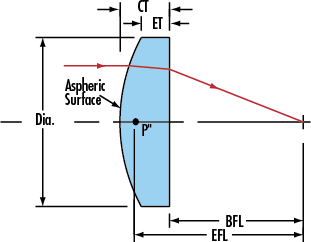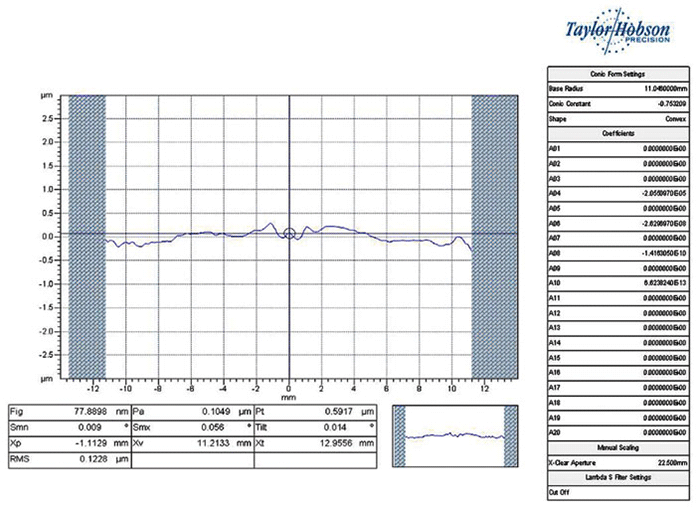무엇을 도와드릴까요?

 TECHSPEC® 부품은 에드몬드 옵틱스가 설계, 사양 지정 및 제조하는 제품입니다. 더 알아보기
TECHSPEC® 부품은 에드몬드 옵틱스가 설계, 사양 지정 및 제조하는 제품입니다. 더 알아보기
TECHSPEC® Calibration Grade Aspheric Lenses는 높은 성능과 정확성을 제공하며 기성품으로 바로 구매가 가능한 비구면 렌즈입니다. 이 제품은 TECHSPEC® Aspheric lenses보다 향상된 비구면 특성, 표면 품질, 센터링 사양을 특징으로 함에 따라 R&D 및 OEM과 같은 용도에 사용하기 적합합니다. 또한 NA 값이 높아 저조도 감지 시스템을 개선하거나 컴팩트한 광경로가 필요한 용도에 이상적으로 사용할 수 있습니다.
각각의 렌즈마다 시리얼 넘버 및 계측 데이터 전체 패키지가 함께 제공됩니다. 테스트 데이터 패키지에는 Taylor Hobson Talysurf Profilometer로 성능이 검증된 표면 프로파일과 구면 인터페로그램, 테스트로 검증된 직경 값, 중심 두께, 센트레이션이 포함됩니다. Calibration grade aspheric lenses의 맞춤 설계 버전, 코팅 요청, 대량 견적에 관한 문의는 당사 영업부로 연락 바랍니다.


본사 및 지사별 연락처 확인하기
견적 요청 도구
재고 번호 입력 필요
Copyright 2023, 에드몬드옵틱스코리아 사업자 등록번호: 110-81-74657 | 대표이사: 앙텍하우 | 통신판매업 신고번호: 제 2022-서울마포-0965호, 서울특별시 마포구 월드컵북로 21, 7층 (서교동, 풍성빌딩)
The FUTURE Depends On Optics®